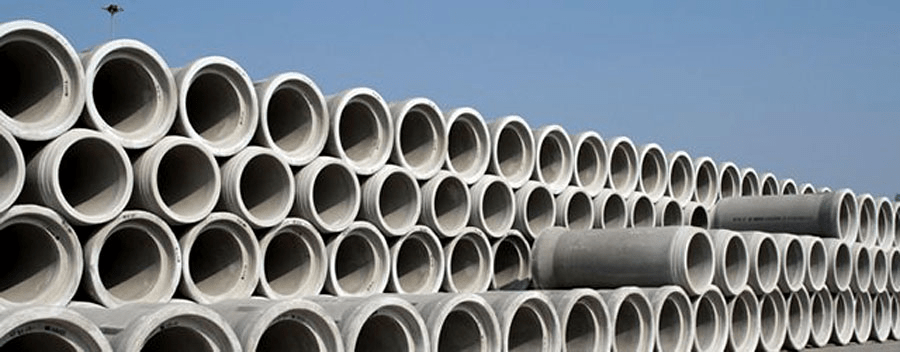Door Albert Lammers
Als je als vormgever wordt ingezet bij een tender, gebeurt dat omdat je toegevoegde waarde kunt bieden. Bijvoorbeeld op het gebied van strategie, concept, vormgeving of redactie. Maar soms blijk je ook op geheel onverwacht vlak een steentje bij te kunnen dragen.
De vergadering begon om 7.30 uur. Vanuit Den Haag een uurtje rijden, dus dat betekende vroeg opstaan. De koffie stond gelukkig klaar in de vergaderruimte, want op dit tijdstip helder denken over tenderproblematiek is geen sinecure. Een shot caffeïne maakte het makkelijker. Ik bleek de enige van buiten het bedrijf; de anderen hadden al gezamenlijk een opzet gemaakt voor het te bespeken plan.
CIRCUS
De tendermanager tekende op de flip-over een situatieschets van een straat. Er moet een nieuwe riolering worden geplaatst, waarna de straat opnieuw moet worden heringericht. We beginnen uiterst rechts met de werkzaamheden, op een plein. Nadat dat klaar is, verplaatst het hele circus zich naar uiterst links op de tekening. Van daaruit wordt er naar rechterdeel gewerkt.
Het plan kwam mij nogal vreemd over. De hele straat (inclusief zeven zijstraten) moet immers afgesloten zijn voor het verkeer totdat het linkerdeel klaar is en aangesloten op het rechterdeel. Ik kon mezelf niet bedwingen: is het niet logischer om rechts te beginnen en als een trein ‘vooruit te kruipen’? Tijdens de werkzaamheden hoeven dan maximaal een of twee straten afgesloten te worden.
ZUIGEN
De tendermanager vond dit geen gekke opmerking. Hij vroeg de hoofduitvoerder wat de reden was voor de gekozen aanpak.
Het antwoord was simpel: ‘We gaan van boven naar beneden met rioleren, zodat we ’s morgens niet hoeven te zuigen.
‘Zuigen?,’ zei ik.
‘Ja, het opruimen van de lozing van de vorige nacht.’
‘Maar dat kun je toch met pompen doen die ’s nachts de boel overhevelen naar een functionerend rioolgedeelte?’ zei ik.
POMPEN
‘Wat kosten die pompen?,’ vroeg de tendermanager vervolgens.
‘100 tot 150 euro per dag,’ was het antwoord van de hoofduitvoerder.
Tendermanager: ‘Dat kunnen de kosten niet zijn. Wat gaan we winnen met het treinidee?’
Het was even stil en maakte in zijn hoofd een snelle berekening en zei; ‘Grofweg gaan we van −10 naar +10% winst, zijn we vijf weken eerder klaar en veroorzaken we aanzienlijk minder hinder.’
Tendermanager: ‘Lijkt me dus een goed idee. Zo gaan we het doen.’
OUT OF THE BOX
Ik kwam niet naar de vergadering voor de planning, maar om te praten over de vormgeving van de aanbieding. Als buitenstaander heb je soms een frisse kijk op een situatie. Een beetje buiten de gebaande paden denken kan dan zelfs bijdragen aan een optimalisering van planning en uitvoering, zo blijkt.



